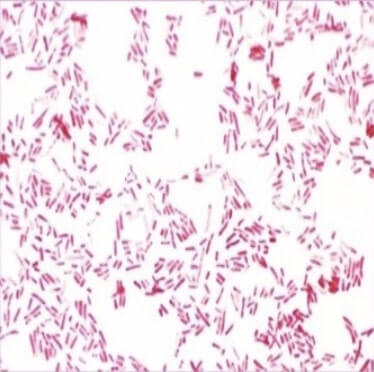What are Ectolysins?
Ectolysins are phage structural proteins, which enable phages to penetrate the bacterial cell. They cleave specific chemical bonds on the bacterial cell wall, leading to bacterial lysis and death.
Advantages of Ectolysins over Antibiotics
-
Rapid Action
Ectolysins are rapid acting and cleave the cell wall within a few minutes of contact whereas antibiotics that require longer period to kill the cells.
-
Specific
Ectolysins are very specific to the target bacterial species and hence kill only the target pathogen without affecting the microbiome or the commensal bacterial flora as compared to antibiotics which kill both the pathogens as well as the beneficial bacteria.
-
Mechanism of Action
Ectolysins have novel mode of action- they include enzymatic mechanisms like Muramidase, Glucosaminidase, Amidase or endopeptidase depending upon the cell wall bond targeted by the individual ectolysin. The availability of a library of enzymatic domains offers the opportunity of protein engineering.
-
Bactericidal Activity Independence
Bactericidal activity is not dependent on the metabolic stage of the cell – Ectolysins kill both actively growing as well as stationary phase cells irrespective of the metabolic state. But antibiotics act only on metabolically active cells.
-
Active on Biofilms
Ectolysins are active both on planktonic bacteria & bacterial biofilms whereas antibiotics act poorly on bacteribiofilms.
-
Low Propensity for Resistance
Ectolysins cleave essential cell wall chemical bonds, which are highly conserved on the bacterial cell surface; hence the propensity for the development of bacterial resistance is low.

